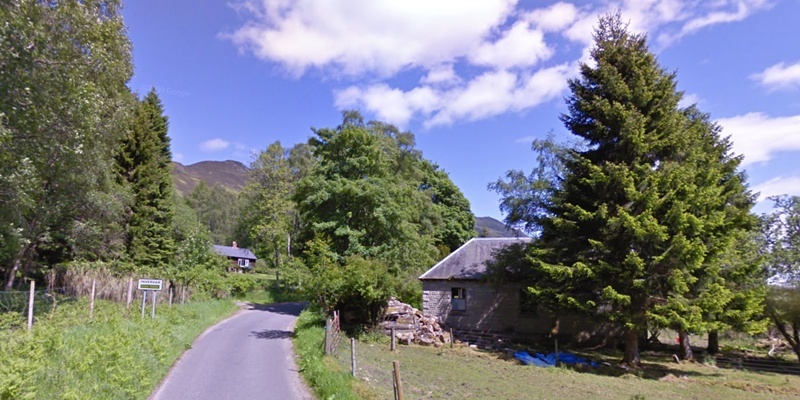The developer behind a controversial hydro scheme has gone back to the drawing board to placate opponents in west Perthshire.
The scheme for Invervar in Glen Lyon was backed by Perth and Kinross Council two years ago and later approved by ministers, despite hundreds of objections.
Villagers opposed the plans since they were put forward in 2007 by a local landowner, claiming they would be the cause of significant noise nuisance and could be a potential health risk.
The forcing of the scheme’s powerhouse into the centre of the tiny village was described as a ”flagrant act of vandalism”, but the Invervar Hydro Partnership nonetheless pushed ahead with its plans.
Having been granted permission, it was given five years to bring the development to fruition under the direction of Green Highland Renewables.
Now, despite that consent, the developer has come back to submit revised plans that address many of the concerns of the time, in a surprising move that has already found favour with the local community council.
Two years ago, the community was told that the river-fed station would produce 1.2 megawatts of energy and would play an important part in Perthshire’s renewables contribution.
Ministers said Invervar was an example of a scheme that would ”operate in harmony with the environment to meet the electricity demands of around 700 homes.”
Local councillor Ian Campbell meanwhile welcomed the development as an important addition to ”Perthshire’s renewable contribution.”
Although all national guidelines were met by the plan, locals claimed the potential loss of their private water supply, together with noise nuisance and vibration, would ”devastate their fragile community” as most villagers live within yards of the scheme’s power station.
Hundreds of objections were received from residents and holidaymakers from as far afield as the USA, while there was also opposition from the Scottish Green Party, the Mountaineering Council of Scotland, the Scottish Ramblers, the Scottish Canoe Association and Perthshire Housing Association.
Now the detail of the development will go back before the Scottish Government, with an application calling for variations to the original consent granted by ministers including alterations to the design of the powerhouse and water intake locations having been lodged.
The changes have the backing of the Glenlyon and Loch Tay Community Council and in representations made to the local authority, the community council’s William Hoare said: ”The proposed changes have now been studied insofar as we have the expertise to do so.
”We consider these proposals will significantly alleviate the concerns expressed by a number of residents prior to, and following, the approval of the original scheme.
”While we regret the loss of some woodland as a result of the revised pipeline and access track south of the main road to the powerhouse, we agree these current proposals to be a better solution, especially in terms of noise and proximity to various properties in Invervar.”
Perth and Kinross Council is a statutory consultee, but the final decision will once again be made by the ministers.
Photo Google Maps.
